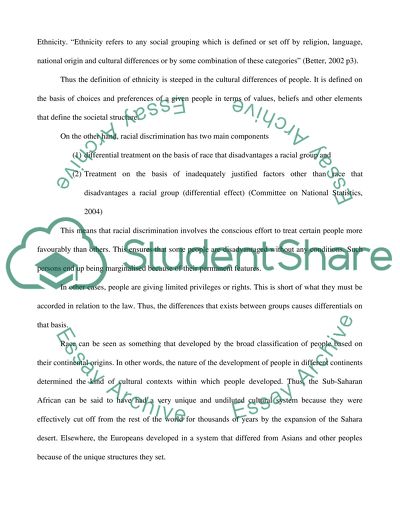Cite this document
(“International Human Rights: Race Discrimination Essay”, n.d.)
International Human Rights: Race Discrimination Essay. Retrieved from https://studentshare.org/social-science/1588491-international-human-rights
International Human Rights: Race Discrimination Essay. Retrieved from https://studentshare.org/social-science/1588491-international-human-rights
(International Human Rights: Race Discrimination Essay)
International Human Rights: Race Discrimination Essay. https://studentshare.org/social-science/1588491-international-human-rights.
International Human Rights: Race Discrimination Essay. https://studentshare.org/social-science/1588491-international-human-rights.
“International Human Rights: Race Discrimination Essay”, n.d. https://studentshare.org/social-science/1588491-international-human-rights.


